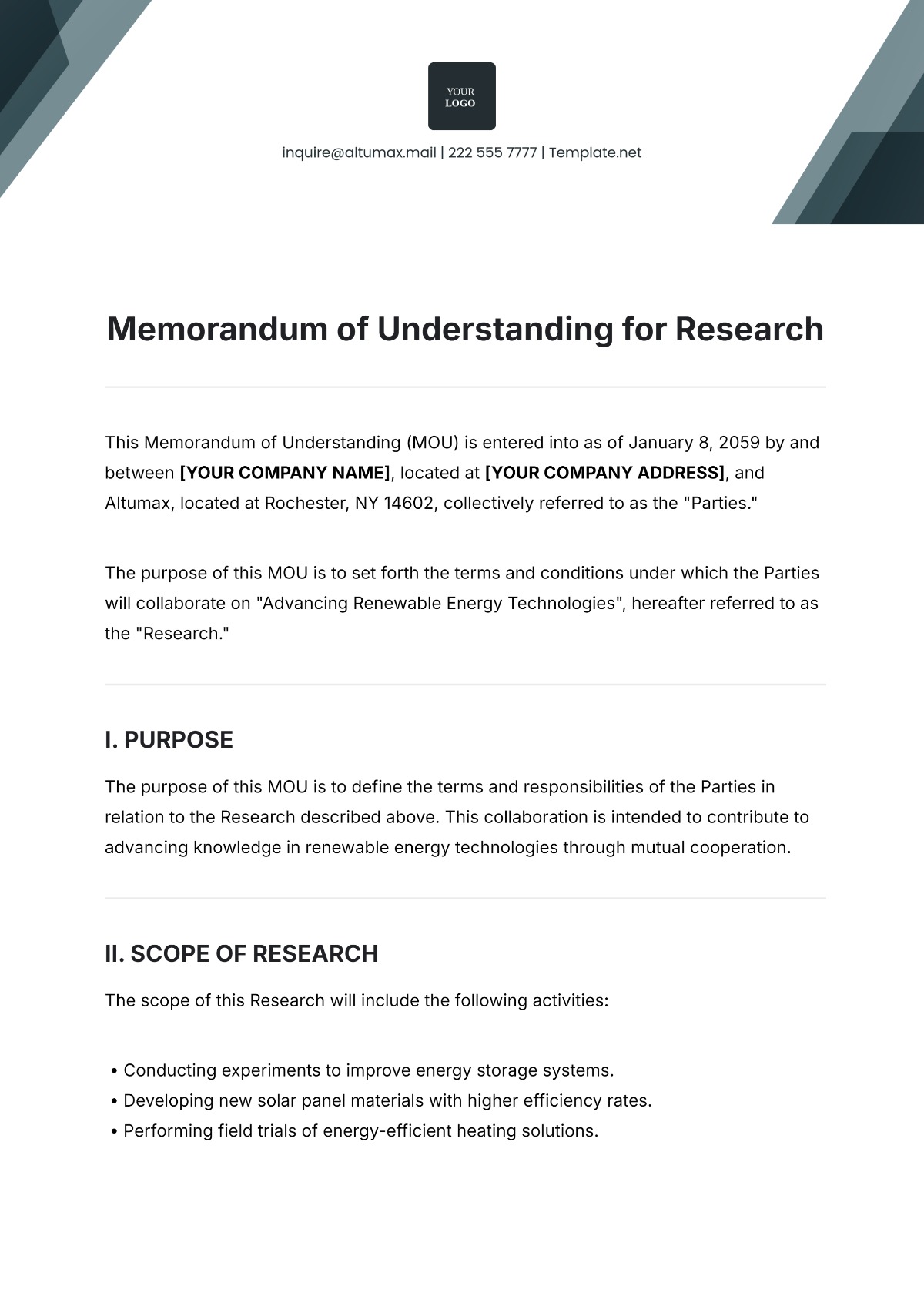Data Collection Strategy Research Design
Prepared by: [YOUR NAME]
Date: [DATE]
A Data Collection Strategy Research Design is a structured plan detailing how data will be collected, managed, and analyzed to answer specific research questions. It outlines methodologies, tools, and procedures for gathering and processing data, ensuring the research is systematic, reliable, and valid.
I. Introduction
In any research project, the data collection strategy plays a crucial role. It ensures that the information gathered is credible, relevant, and accurate to support the research objectives. This research design delineates a comprehensive blueprint that guides researchers in their quest to collect and analyze data efficiently.
II. Importance of Data Collection Strategy
Proper data collection strategies are crucial for various reasons, including:
Ensuring Validity: Accurate data collection methods provide reliable results.
Enhancing Reliability: Consistent procedures yield consistent results.
Maximizing Efficiency: Well-planned strategies save time and resources.
Providing Clear Guidelines: Structured plans help in clearly defining research steps.
III. Components of Data Collection Strategy Research Design
Effective research designs incorporate the following components:
Research Questions: Clear, precise, and focused questions guiding the investigation.
Methodologies: Specific methods used (e.g., qualitative, quantitative).
Tools and Instruments: Selection of appropriate data collection tools (e.g., surveys, interviews).
Sampling Techniques: Determining the population sample and sampling methods.
Data Management: Procedures for organizing and storing collected data.
Data Analysis: Techniques for processing and interpreting data.
IV. Steps in Designing a Data Collection Strategy
Define the Research Problem: Identify the research questions.
Select the Research Method: Choose qualitative or quantitative methods based on the research goal.
Identify Data Collection Tools: Select suitable instruments for data gathering.
Develop a Sampling Plan: Decide on the sample population and sampling techniques.
Plan Data Collection Procedures: Establish a detailed process for data collection.
Design Data Management Plan: Implement an effective strategy for data organization.
Establish Data Analysis Methods: Choose appropriate techniques for data analysis.
V. Data Collection Tools and Techniques
Various tools and techniques can be employed based on the research design:
Tool/Technique | Description | Advantages |
|---|---|---|
Surveys | Questionnaires designed to gather specific information | Quick, Cost-effective |
Interviews | Face-to-face, telephone, or online interactions to collect detailed data | In-depth, Semi-structured |
Observation | Direct or participant observation of behavior and contexts | Context-rich, Real-time data |
Focus Groups | Group discussions to explore multiple perspectives | Interactive, Diverse insights |
VI. Challenges in Data Collection
Researchers might face several challenges during the data collection process, such as:
Data Quality: Ensuring data is accurate and reliable.
Respondent Bias: Managing biases introduced by participants.
Ethical Issues: Protecting the confidentiality and privacy of respondents.
Resource Constraints: Balancing available resources with research needs.
VII. Conclusion
A well-structured data collection strategy is essential for the success of any research project. By carefully planning and executing each step, researchers can ensure that their findings are valid, reliable, and meaningful. Adopting a systematic approach not only improves efficiency but also enhances the overall quality of the research.
VIII. References
American Psychological Association. (2050). Publication Manual of the American Psychological Association (7th ed.). APA.
Creswell, J. W., & Creswell, J. D. (2051). Research design: Qualitative, quantitative, and mixed methods approaches (5th ed.). SAGE Publications.
Punch, K. F. (2052). Introduction to Social Research: Quantitative and Qualitative Approaches (3rd ed.). SAGE Publications.

















































